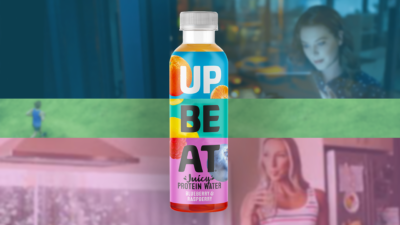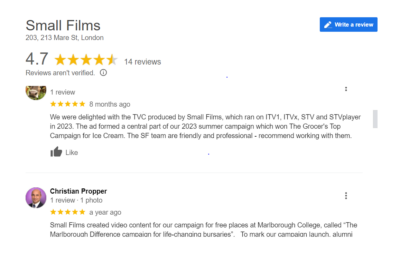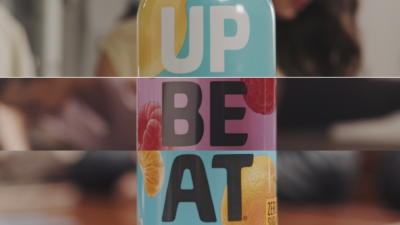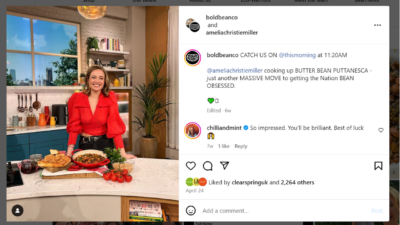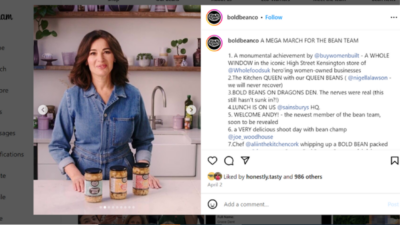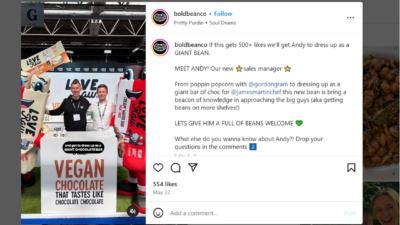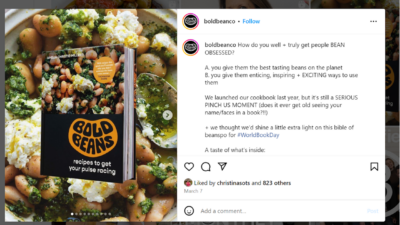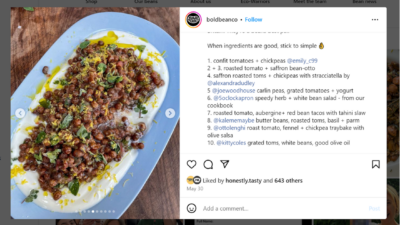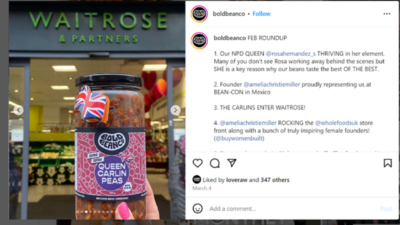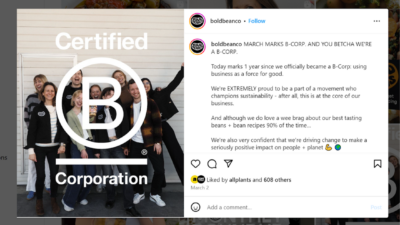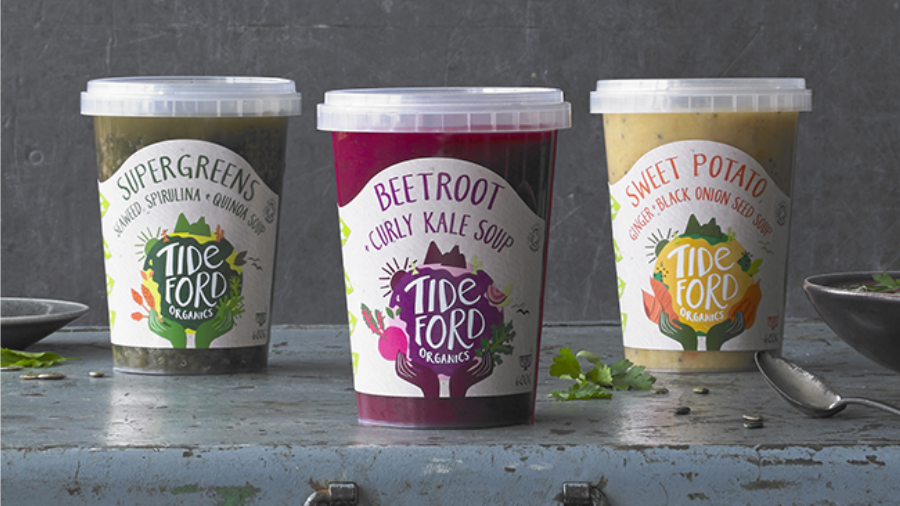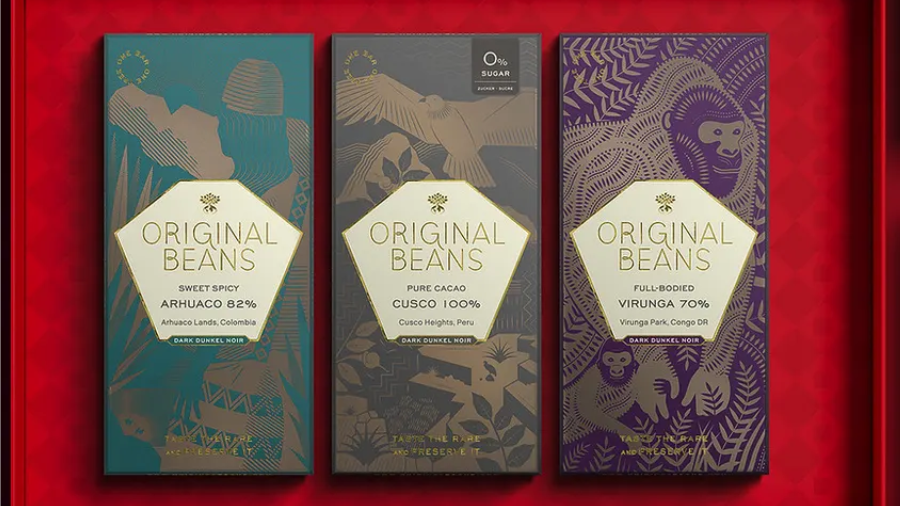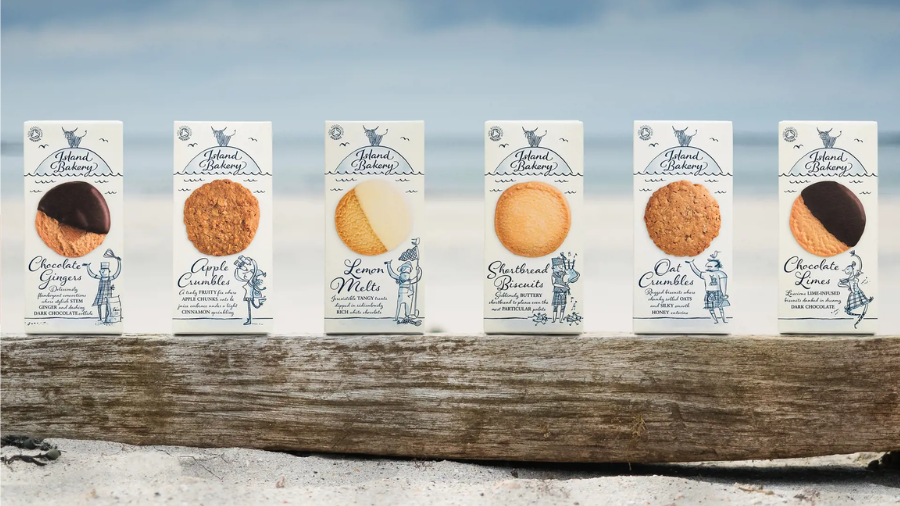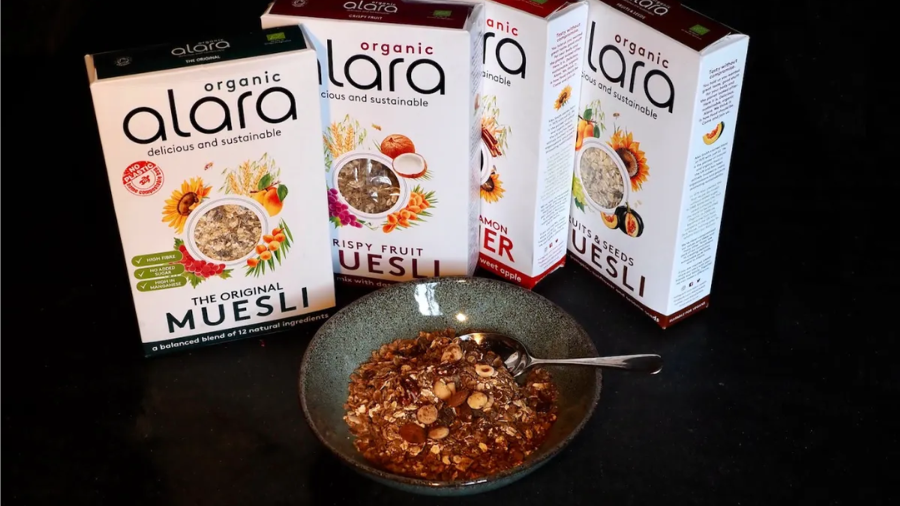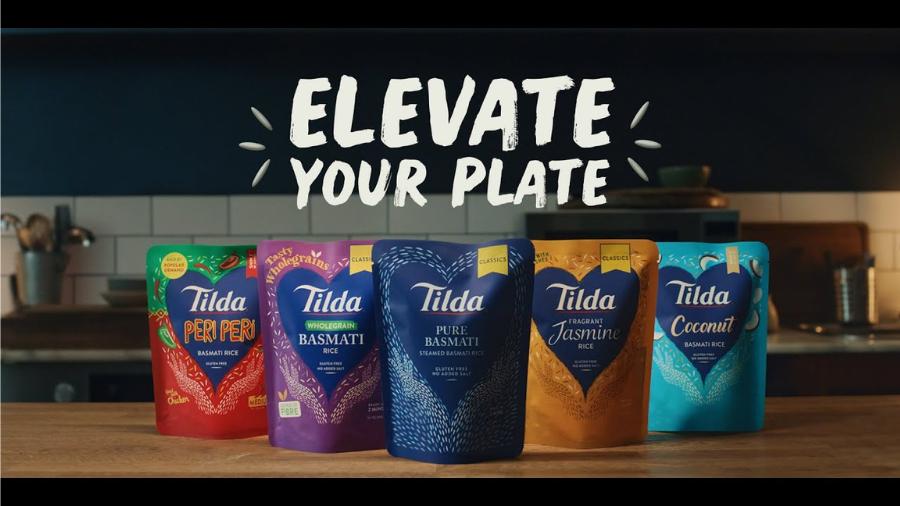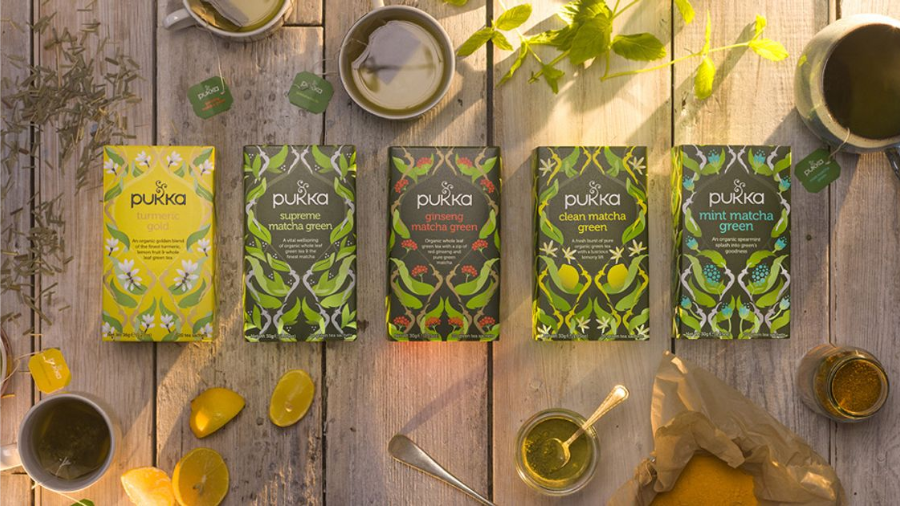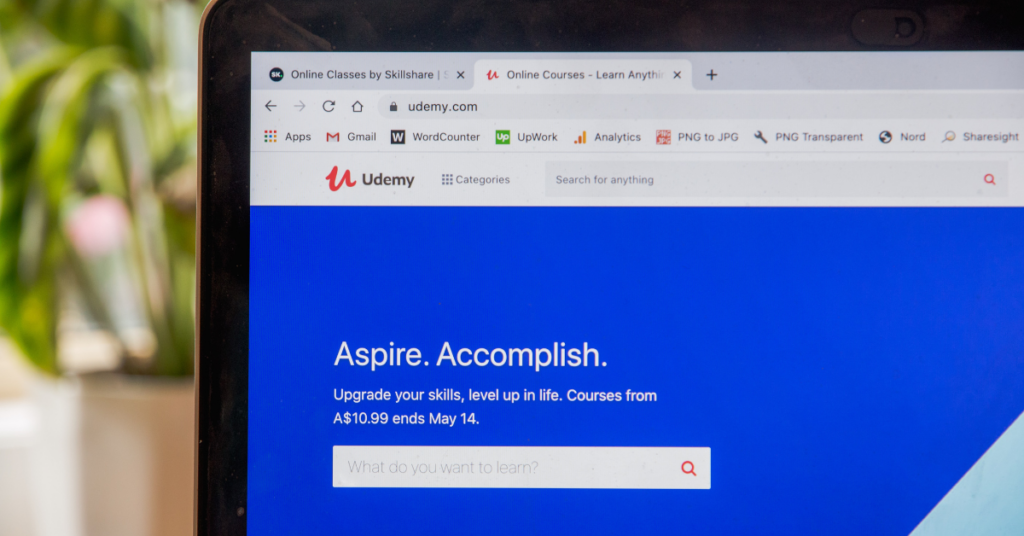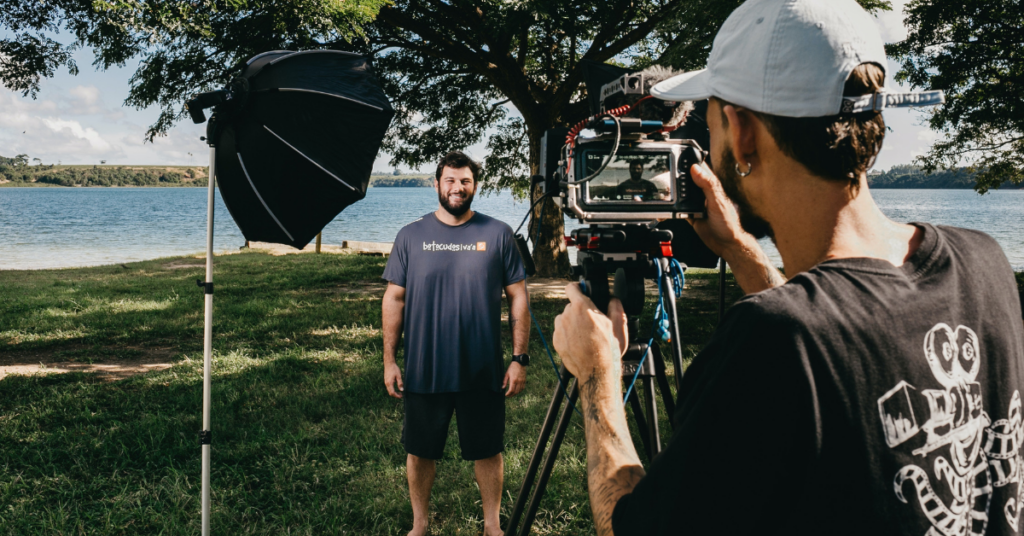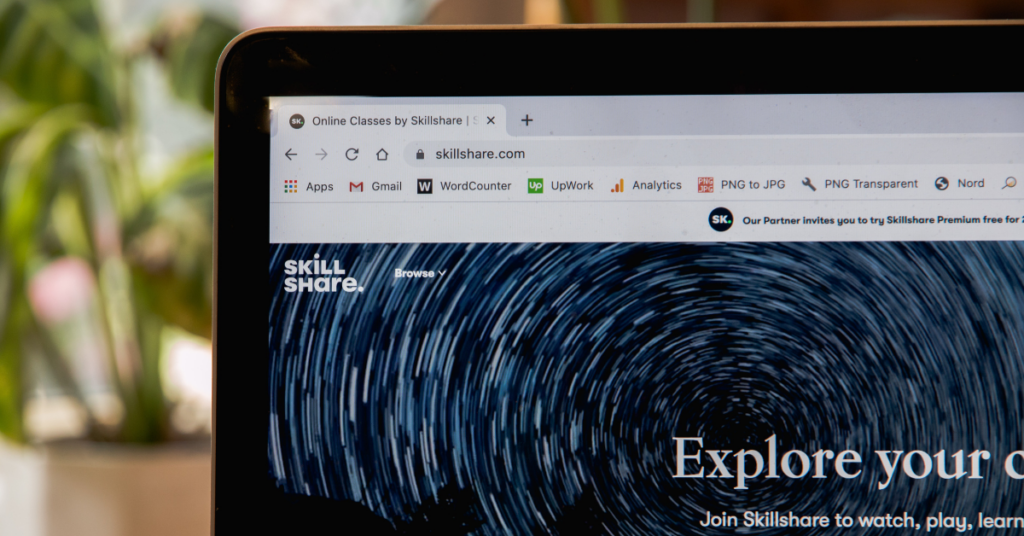Creating an advertisement video that captivates and convinces your audience is no small feat. It requires meticulous planning, creativity, technical skills, and strategic execution. This guide walks you through the step-by-step process of producing an advertisement video, from the initial concept to the final creation.
1. Concept Development
The journey of every great advertisement video begins with a concept. This foundational stage involves brainstorming ideas that align with your brand’s goals, message, and audience interests.
- Identify the Goal: What do you want this ad to achieve? Are you looking to increase brand awareness, launch a new product, or drive sales?
- Understand Your Audience: Who are you targeting? Understanding your audience’s preferences, demographics, and behaviours will help tailor your message to your customer.
- Brainstorm Ideas: Generate a range of ideas through brainstorming sessions. Consider using techniques like storyboarding or mind mapping to extend on a concept and conceptualise your story.
2. Scriptwriting
Once the concept is solidified, the next step is to translate your idea into a detailed script. The script is the blueprint of your advertisement, outlining every auditory and visual element in the video.
- Write a Compelling Story: Focus on a narrative that engages your audience emotionally and aligns with your brand values.
- Include Key Messages: Ensure all important points about your product or service are clearly communicated.
- Plan the Pace: The script should dictate the pacing of the ad, ensuring it keeps the audience engaged from start to finish.
3. Pre-production Planning
Pre-production is where you plan and prepare everything needed to bring your script to life. This phase is critical as it sets the stage for a smooth production process.
- Casting: Select actors who best represent your brand and can convincingly convey your message.
- Location Scouting: Choose locations that enhance the story and fit practical production needs.
- Scheduling: Create a detailed schedule that includes shooting times, locations, and necessary equipment.
- Budgeting: Finalise the budget to cover all aspects of the production process, ensuring you can achieve your vision without financial overruns.
4. Production
This is the execution phase where you capture all the footage according to your plan.
- Set Management: Manage the set effectively to ensure that everything runs on time and all scenes are shot as planned.
- Directing: The director guides the overall feel of the advertisement, coaching actors and making sure each scene is perfectly captured.
- Cinematography: Skilled cinematographers capture your vision on camera, utilising lighting, camera angles, and movements to tell your story visually.
- Sound Recording: High-quality audio recording is crucial. This includes dialogue, background sounds, and any other auditory elements important to the ad.
5. Post-production
In post-production, the video is edited and polished to produce the final advertisement.
- Video Editing: Compile and cut the footage to create a seamless flow of visuals. This stage may also involve adding transitions, effects, and fine-tuning the pacing of the video.
- Colour Grading: Adjust the colours to enhance the visual appeal and ensure consistency throughout the advertisement.
- Sound Design: Add music, sound effects, and any voice-overs. Mixing and mastering ensure the sound is clear and professionally polished.
- Visual Effects: If needed, add effects that enhance the storytelling but don’t detract from the message.
6. Review and Revisions
Before finalising the video, it’s important to review and revise. This process might involve:
- Internal Review: Have team members review the video to ensure it meets your brand standards and goals.
- Client Feedback: Present the video to stakeholders (if applicable) and make adjustments based on their feedback.
7. Distribution
Finally, distribute your video across the chosen platforms to reach your audience. This might include:
- Social Media: Tailor the video for different platforms like Instagram, Facebook, or YouTube.–V and Cinema: If the ad is intended for broadcast, ensure it meets all necessary broadcast standards and specifications.
- Performance Tracking: Set up tracking to analyse how your video performs in terms of views, engagement, and conversions.
Conclusion
Producing an advertisement video is an intricate process that requires attention to detail at every step. By meticulously planning and executing each phase, from concept to creation, you can ensure that your advertisement not only reaches but also resonates with your target audience, achieving your intended marketing goals.
Small Films are specialists in video content for FMCG brands. We’ve created unforgettable films for the likes of Mallow & Marsh, Lucky Saint and Charlie Bighams and more. If you’d like to discuss your next video marketing project, then do get in touch with one of the team. We’d love to help.
